
It is a marketing strategy that relies on evoking memories and feelings associated with the past to attract the audience's attention and enhance their interaction with the brand. This type of marketing uses cultural and experiential elements that evoke nostalgia, which helps create an emotional connection with the audience.
Characteristics of Nostalgia Marketing
1. Evoking memories: aims to evoke positive memories from the past to create feelings of nostalgia.
2. Emotional impact: based on emotional impact by linking products or services to personal or cultural memories.
3. Cultural symbols: uses old cultural symbols and elements such as fashion, music, and old advertisements.
4. Familiar experience: re-presents well-known experiences or elements to make the audience feel comfortable and familiar.
Benefits and features of Nostalgia Marketing
1. Enhancing emotional connection: helps build a strong emotional connection between the audience and the brand.
2. Increasing loyalty: enhances customer loyalty by taking advantage of feelings of nostalgia and positive memories.
3. Brand differentiation: distinguishes the brand by creating a unique and familiar experience for consumers.
4. Generational Targeting: It allows reaching specific age groups that remember old events or products.
Disadvantages of Nostalgia Marketing
1. Limited audience: Its impact may be limited to certain age groups that do not share the same memories.
2. Renewal of models: Renewal can become difficult if the items used are outdated or inappropriate for current developments.
3. Exaggerated nostalgia: Excessive use of old items may lead to a loss of authenticity or negatively affect the current message of the brand.
4. Focus on the past: Focusing on the past can cause innovation and modern trends in marketing to be overlooked.
Types of Nostalgia Marketing
1. Retro-reminiscent ads: Using old ads or slogans to attract attention.
2. Revival of old products: Re-release of products or services that were popular in the past.
3. Rebranding: Modifying brand designs to recall old designs or styles.
4. Special promotions: Organizing events or promotions based on past themes.
Real-life examples
1. Coca-Cola: Coca-Cola launched promotional campaigns that reintroduced old logos and colors to create a sense of nostalgia.
2. Sony: Sony re-released old video game consoles such as the PlayStation Classic to appeal to a generation of gamers who remember old games.
3. Star Wars: The Star Wars series used elements from old movies to re-engage audiences from previous generations, which helped make new releases successful.
Nostalgia marketing is a marketing strategy that leverages nostalgia to create an emotional connection with audiences. It focuses on old memories and experiences to increase loyalty and enhance customer engagement. Despite its many benefits in building strong connections with audiences, it may face some drawbacks such as limited impact on certain age groups or difficulty updating and renewing. By using this type of marketing, brands can leverage the power of memories to enhance their position and increase their influence in the market.

12/06/2024
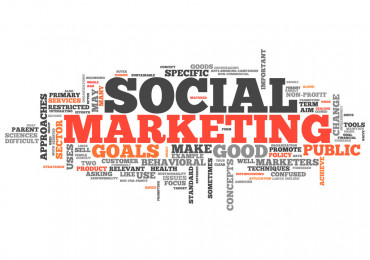
17/08/2024

15/08/2024

01/09/2024
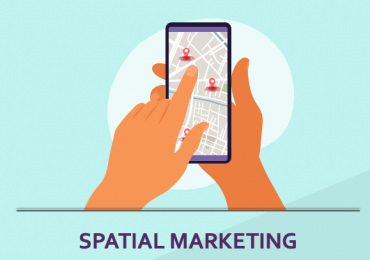
01/09/2024

14/08/2024

17/08/2024
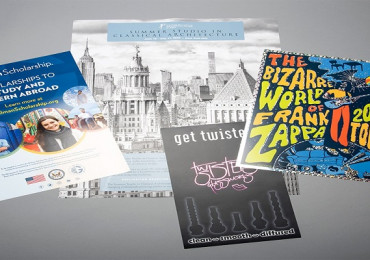
30/08/2024

18/08/2024
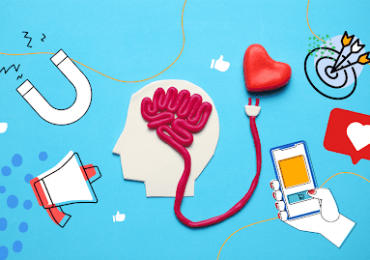
14/08/2024

30/08/2024
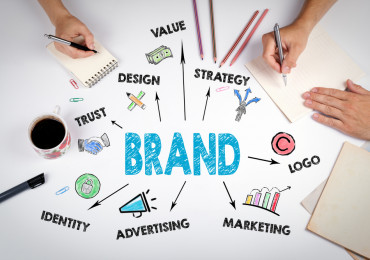
20/08/2024

18/08/2024
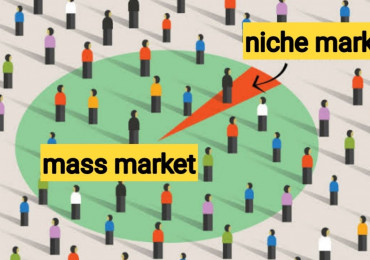
16/08/2024
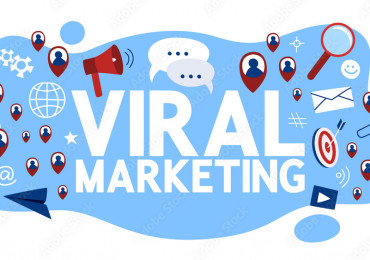
15/08/2024
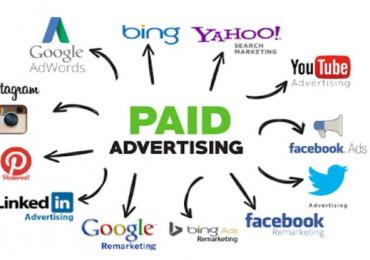
20/08/2024
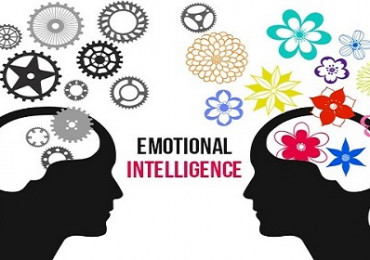
31/08/2024

31/08/2024

17/08/2024

25/08/2024